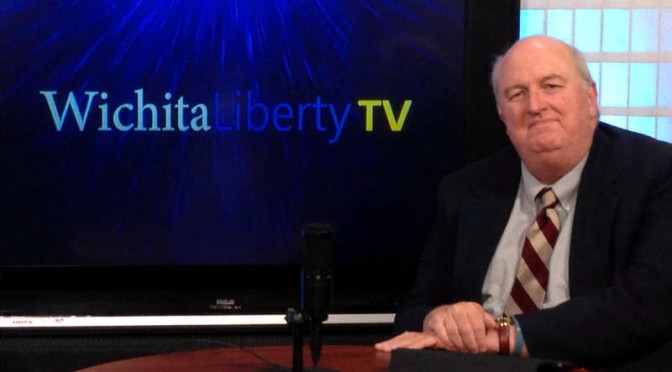Tag: Economic development
-

Sedgwick County elections: Commissioners
In Sedgwick County, two fiscally conservative commission candidates prevailed.
-
Economic development and cronyism in Wichita
Bob Weeks examines problems with economic development and cronyism in Wichita.
-

WichitaLiberty.TV: Waste, economic development, and water issues.
Wichitans ought to ask city hall to stop blatant waste before it asks for more taxes. Then, a few questions about economic development incentives. Finally, how should we pay for a new water source, and is city hall open to outside ideas?
-

Economic development incentives in Wichita: A few questions
Wichita justifies its use of targeted economic development incentives by citing benefit-cost ratios that are computed for the city, county, school district, and state.
-

The Kansas economy under guidance of moderates
Before wishing for a return to the “good old days,” let’s make sure we understand the record of the Kansas economy.
-
CEDBR fiscal model presentation to Wichita City Council
An explanation of how cost benefit ratios are calculated for economic development incentives.
-

For Wichita leaders, novel alternatives on water not welcome
A forum on water issues featured a presentation by Wichita city officials and was attended by other city officials, but the city missed a learning opportunity.
-

Economic development incentives, at the margin
The evaluation of economic development incentives requires thinking at the margin, not the entirety.
-
Tactics that hurt the economy
Wichita could innovate and gain attention by opting out of the harmful practice described in the following article.
-

WichitaLiberty.TV: Water, waste, signs, gaps, economic development, jobs, cronyism, and water again.
A look at a variety of topics, including an upcoming educational event concerning water in Wichita, more wasteful spending by the city, yard signs during election season, problems with economic development and cronyism in Wichita, and water again.
-

Examining Wichita’s water future
On Thursday 17 July, come hear from the City of Wichita and others on the scope of the problems, possible solutions, and the perspectives of several experts in the debate over Wichita’s water future.
-
In Wichita, gap analysis illustrates our problems
Testimony provided to the Wichita City Council on July 1, 2014 regarding gap analysis and the problems it reveals.